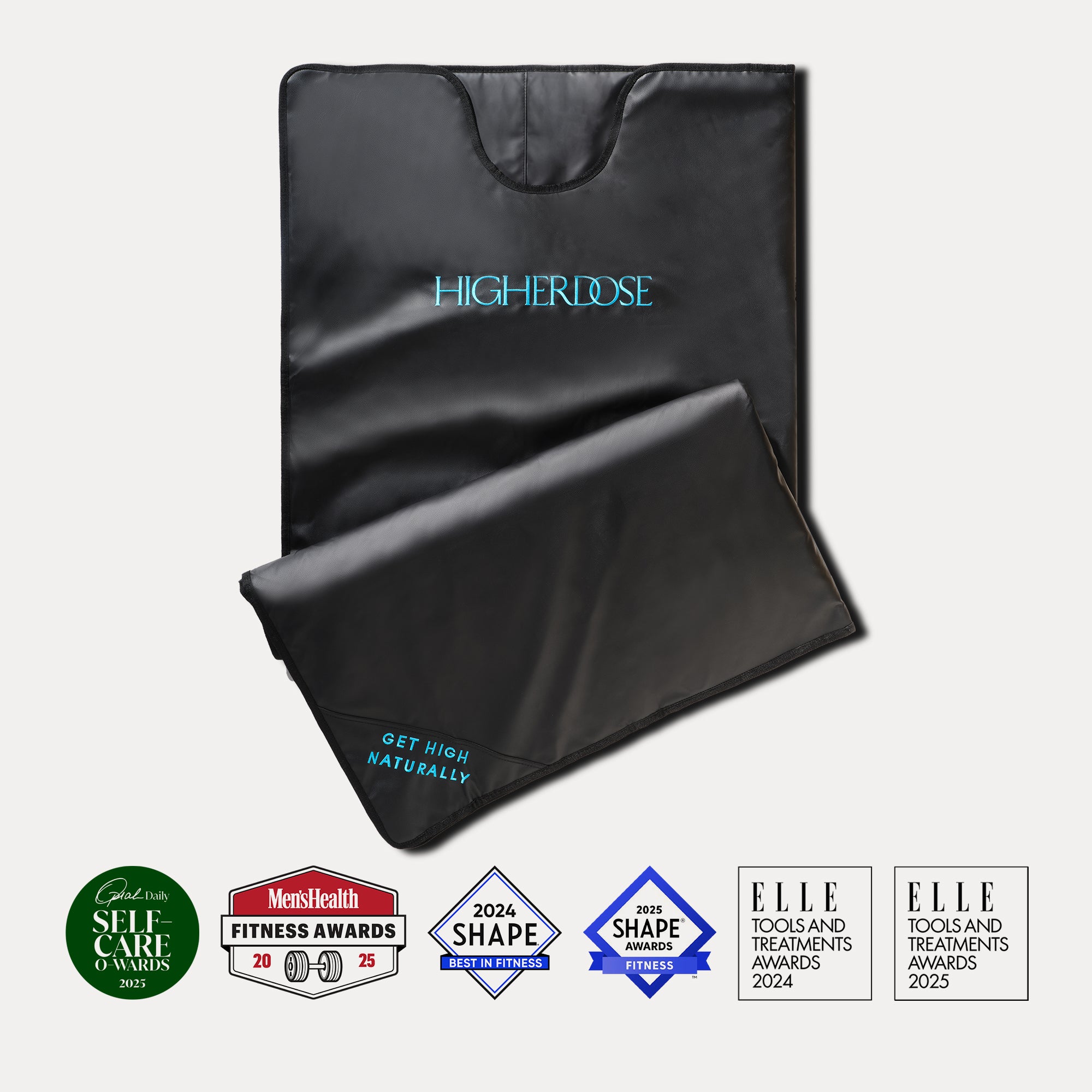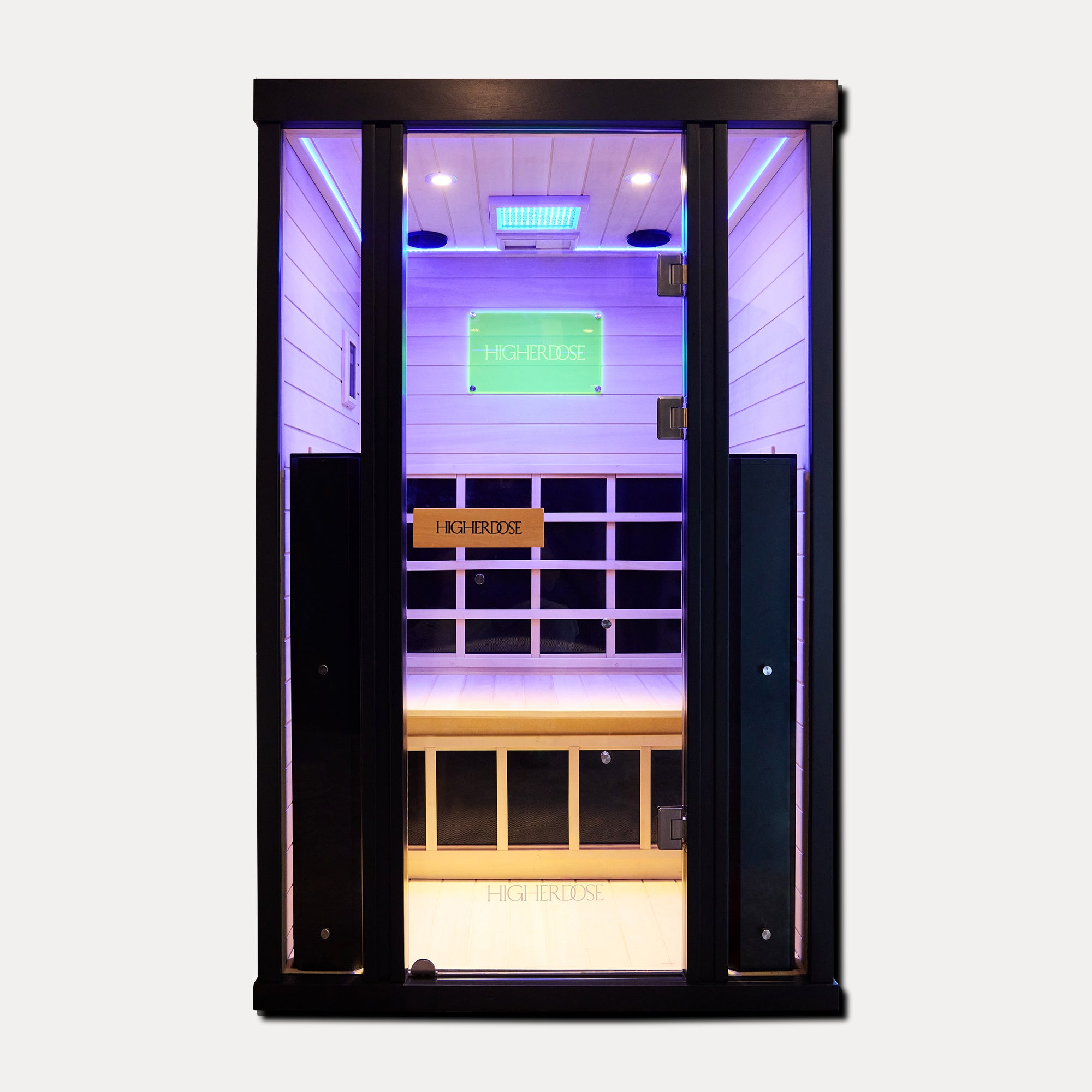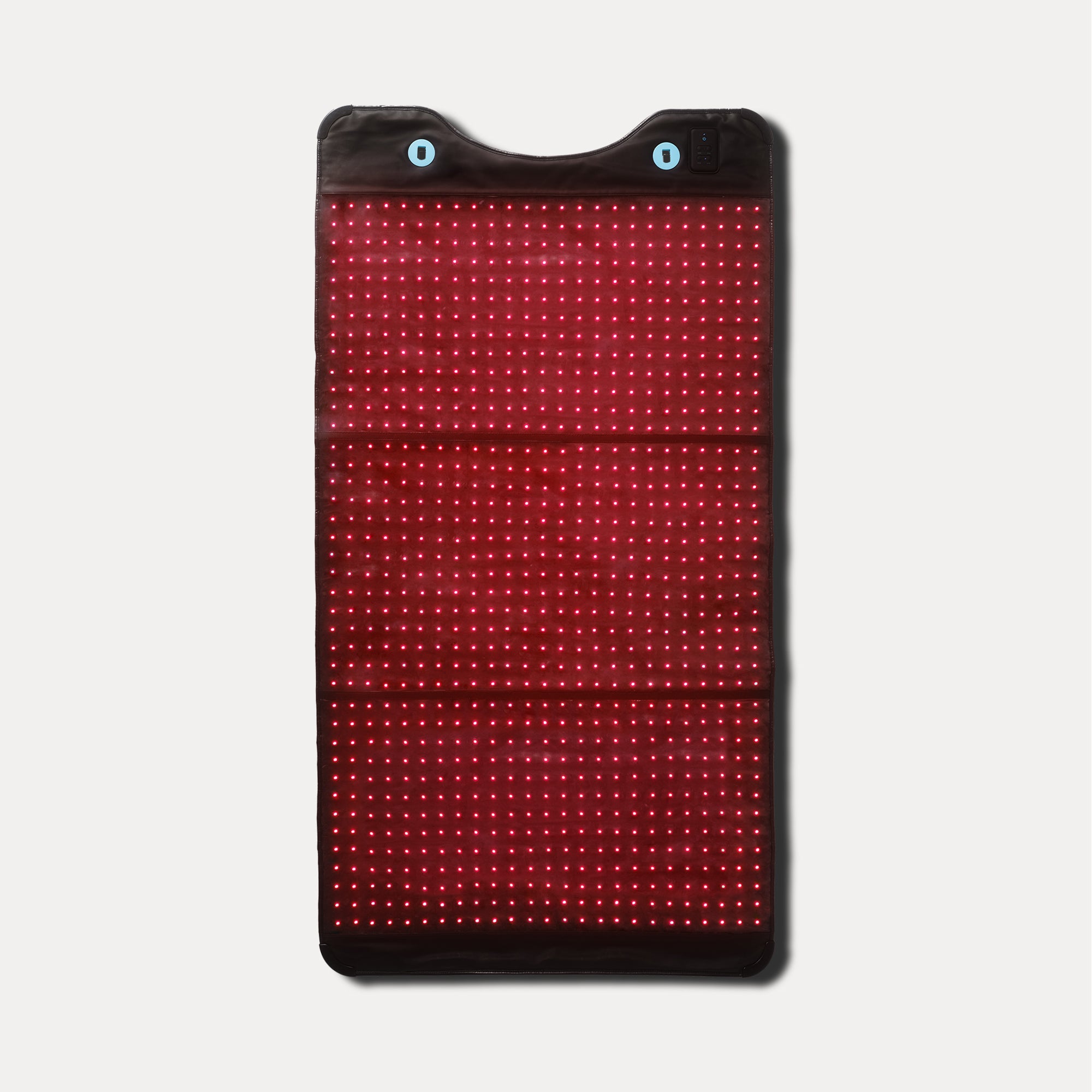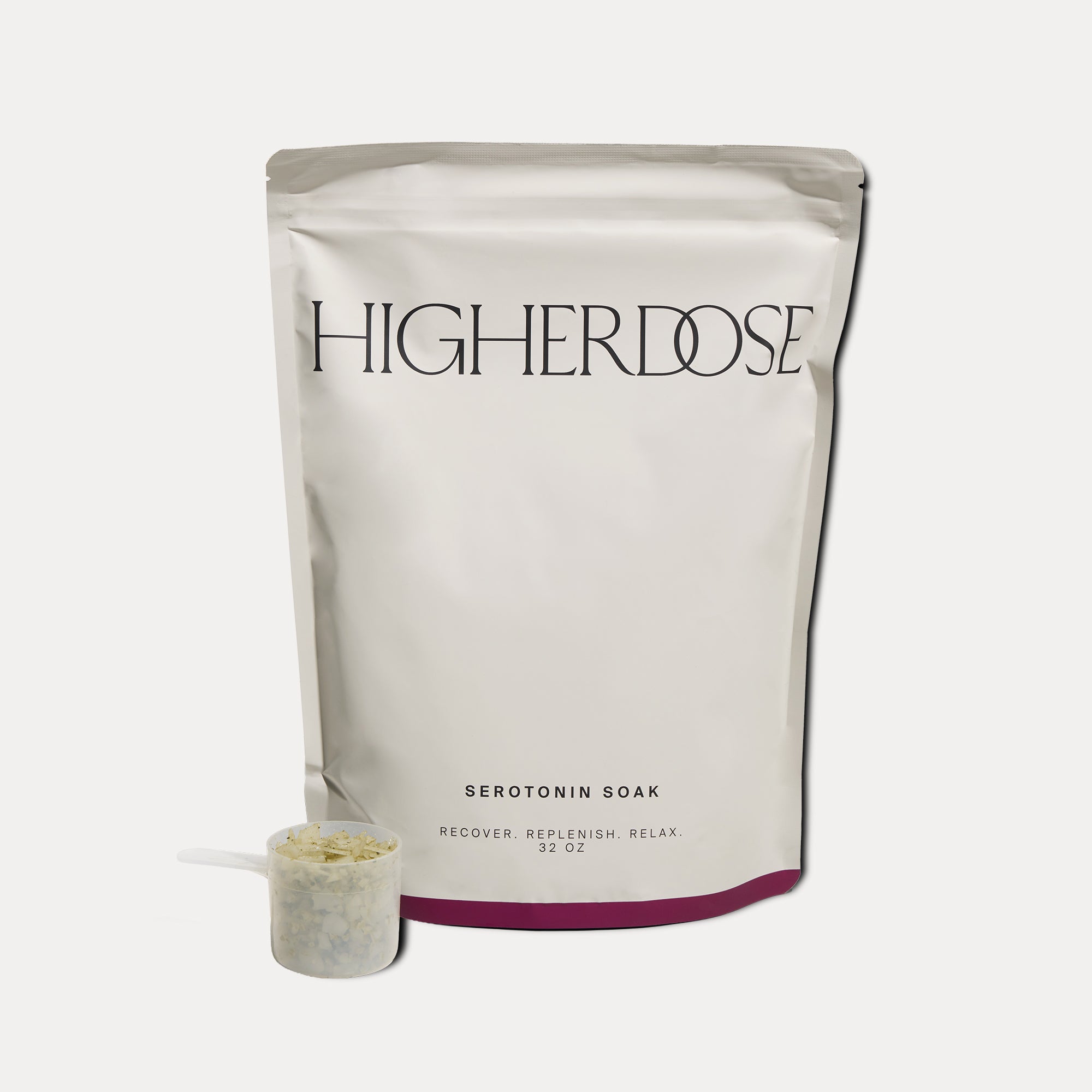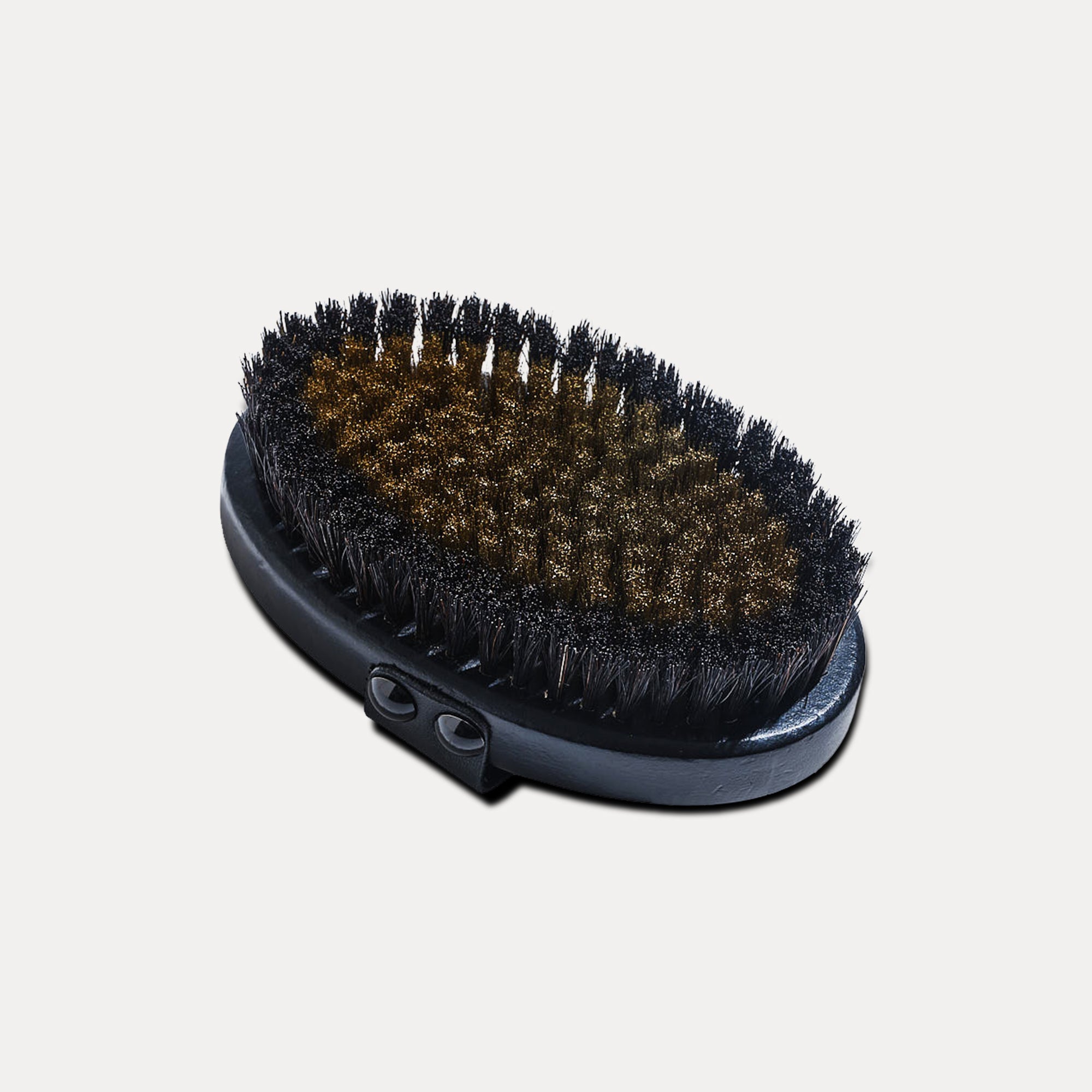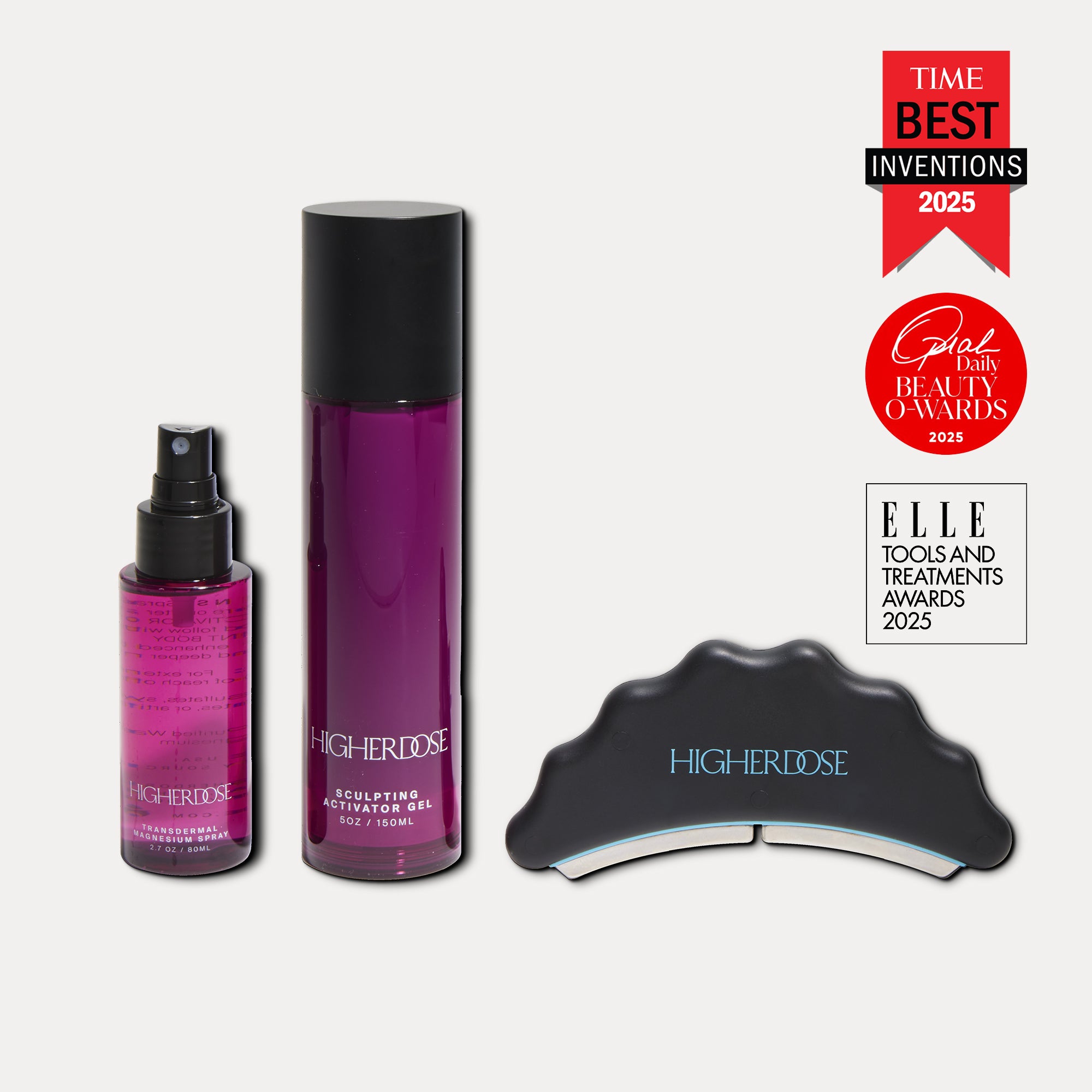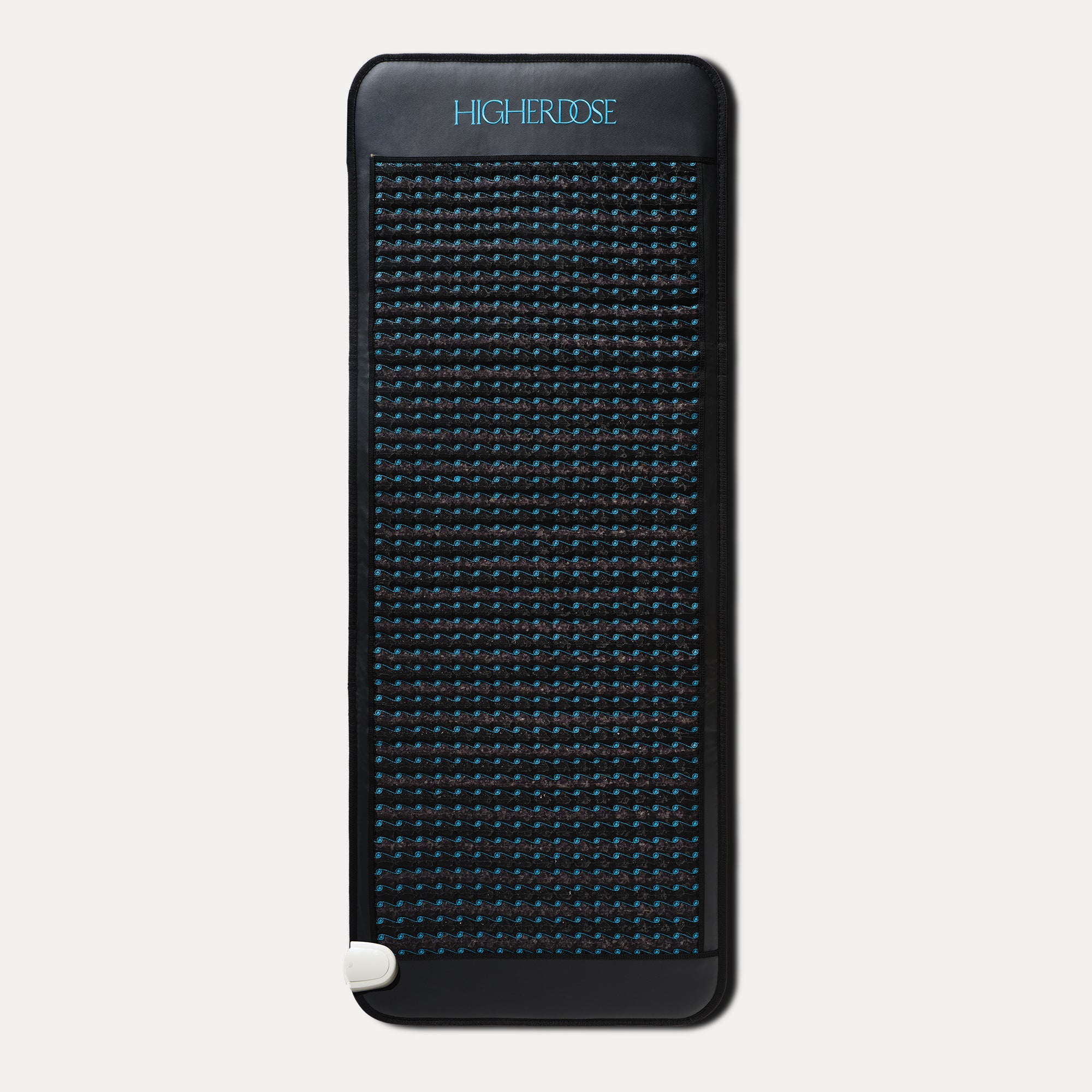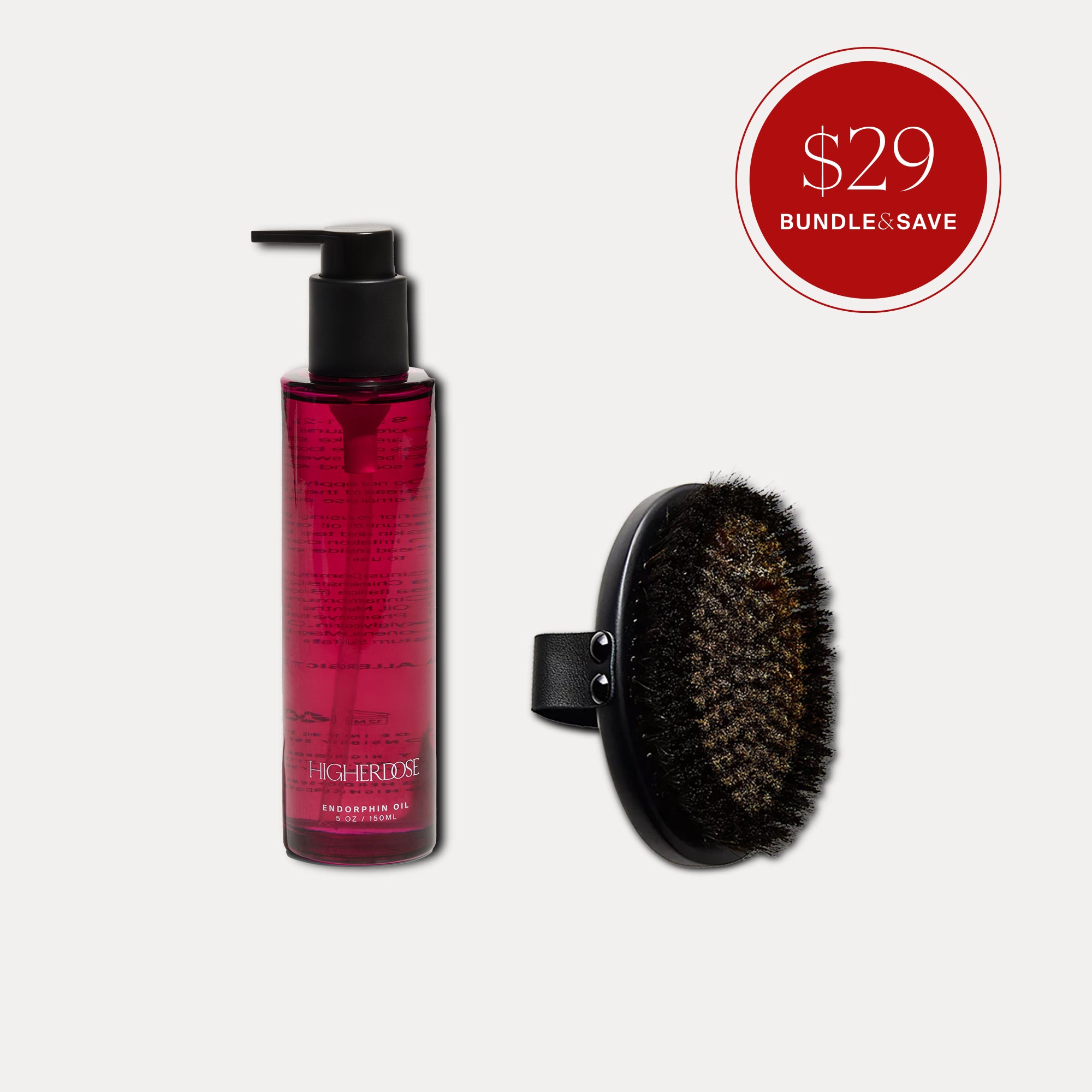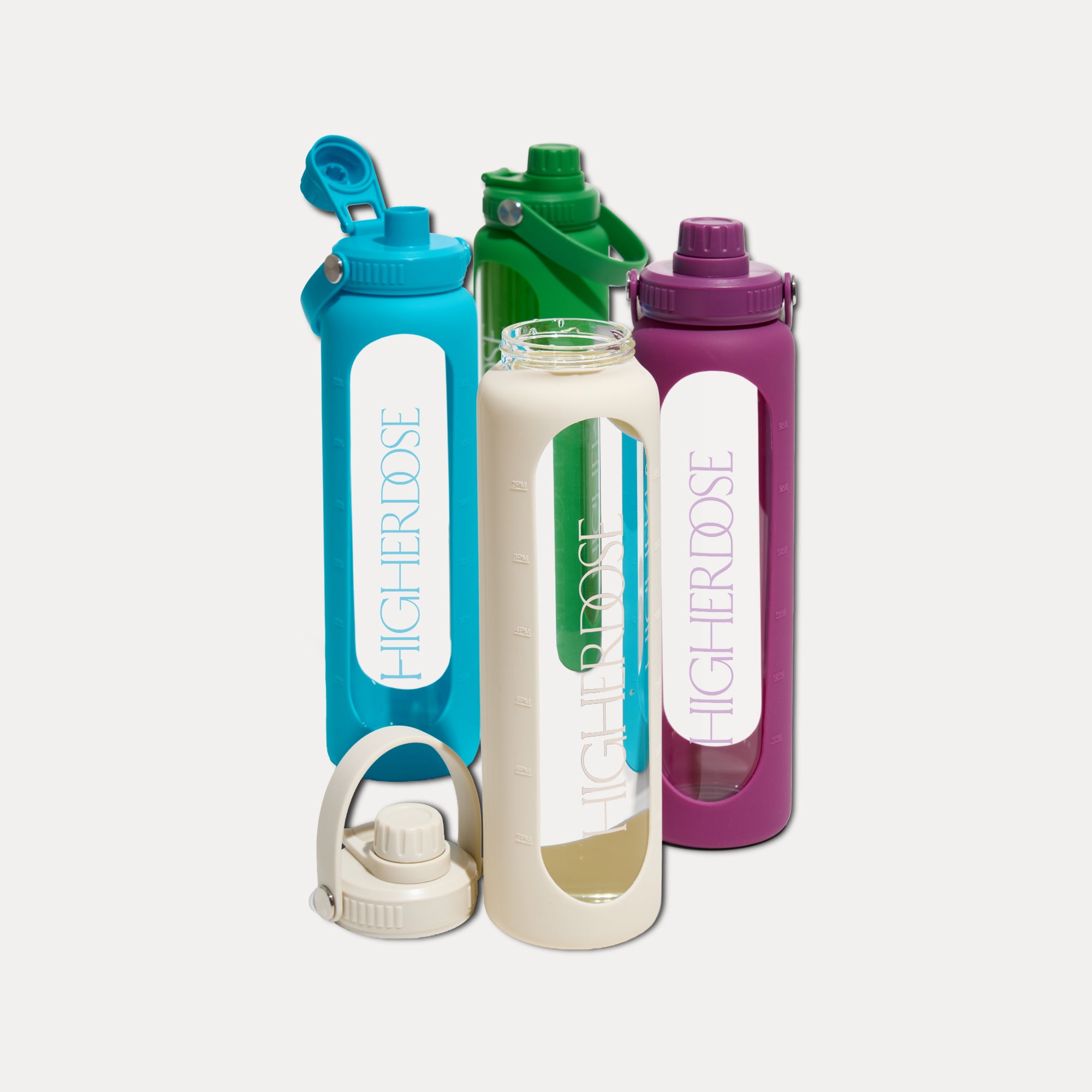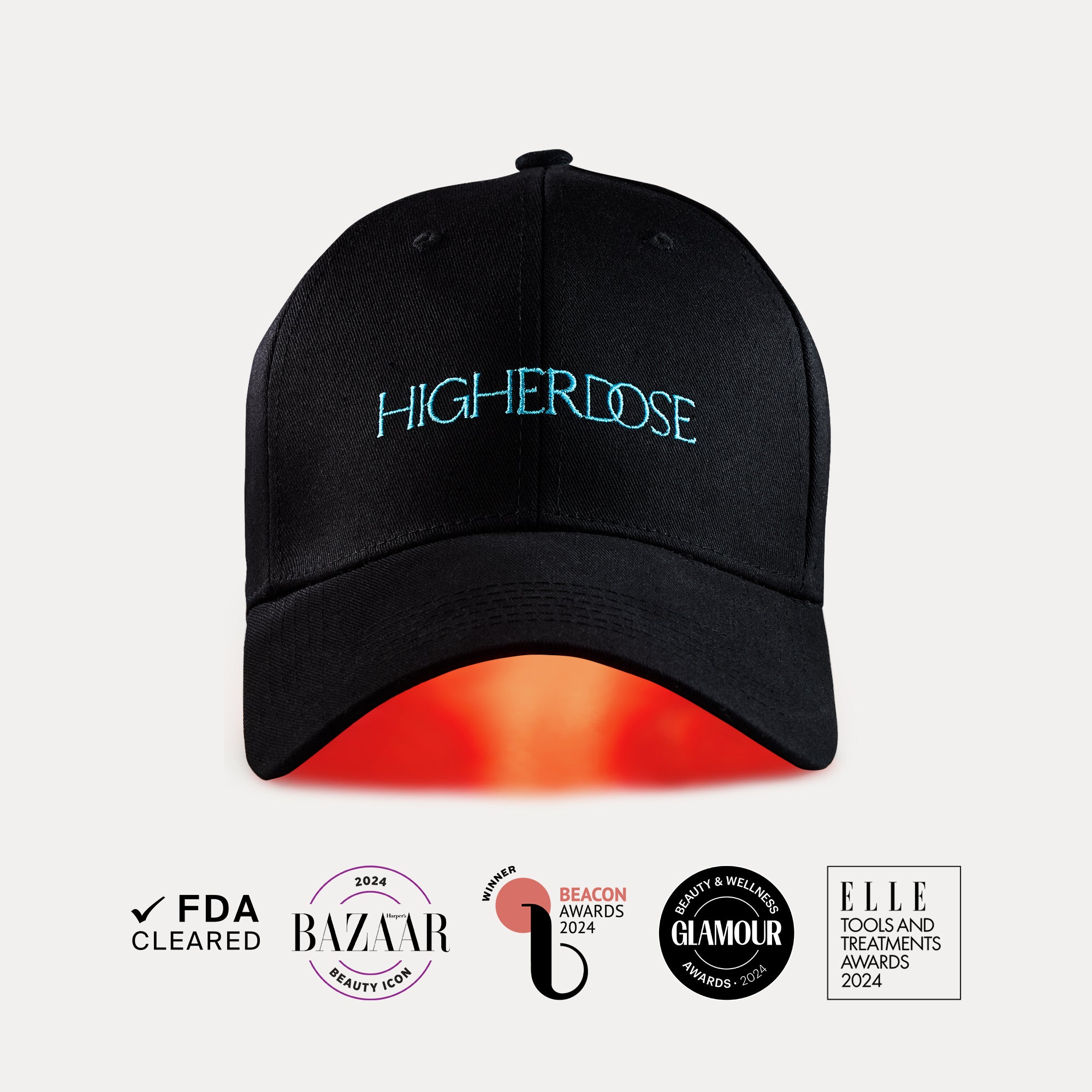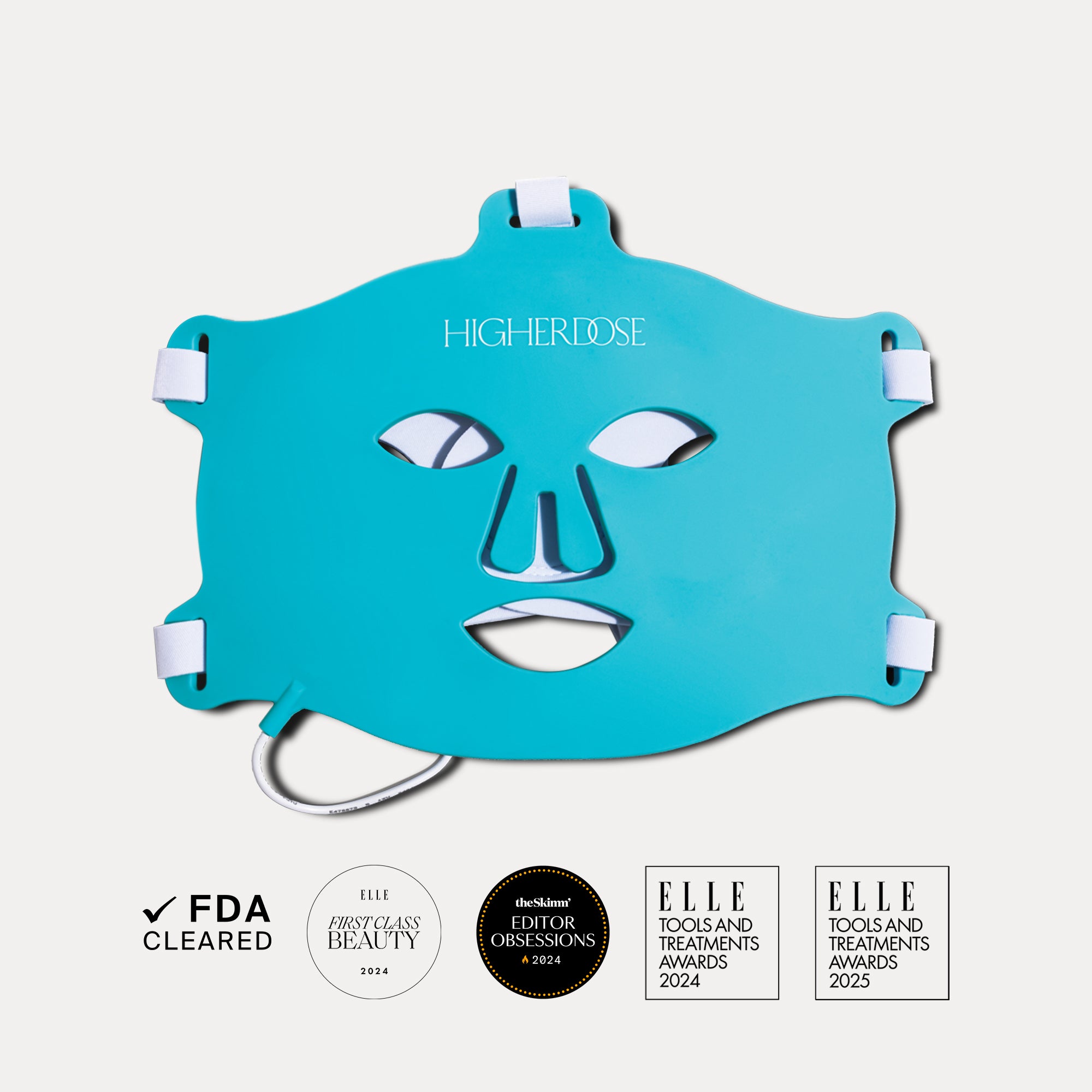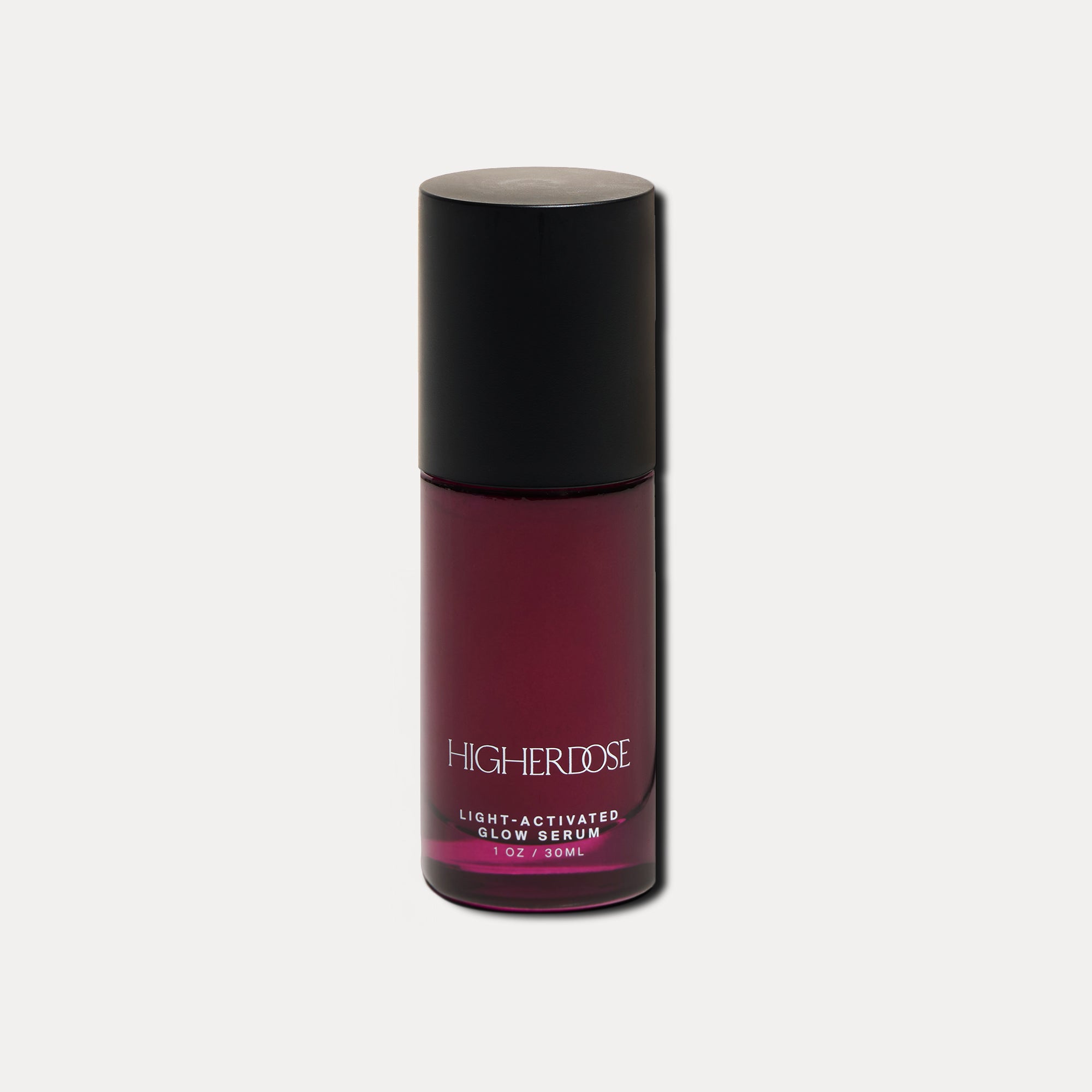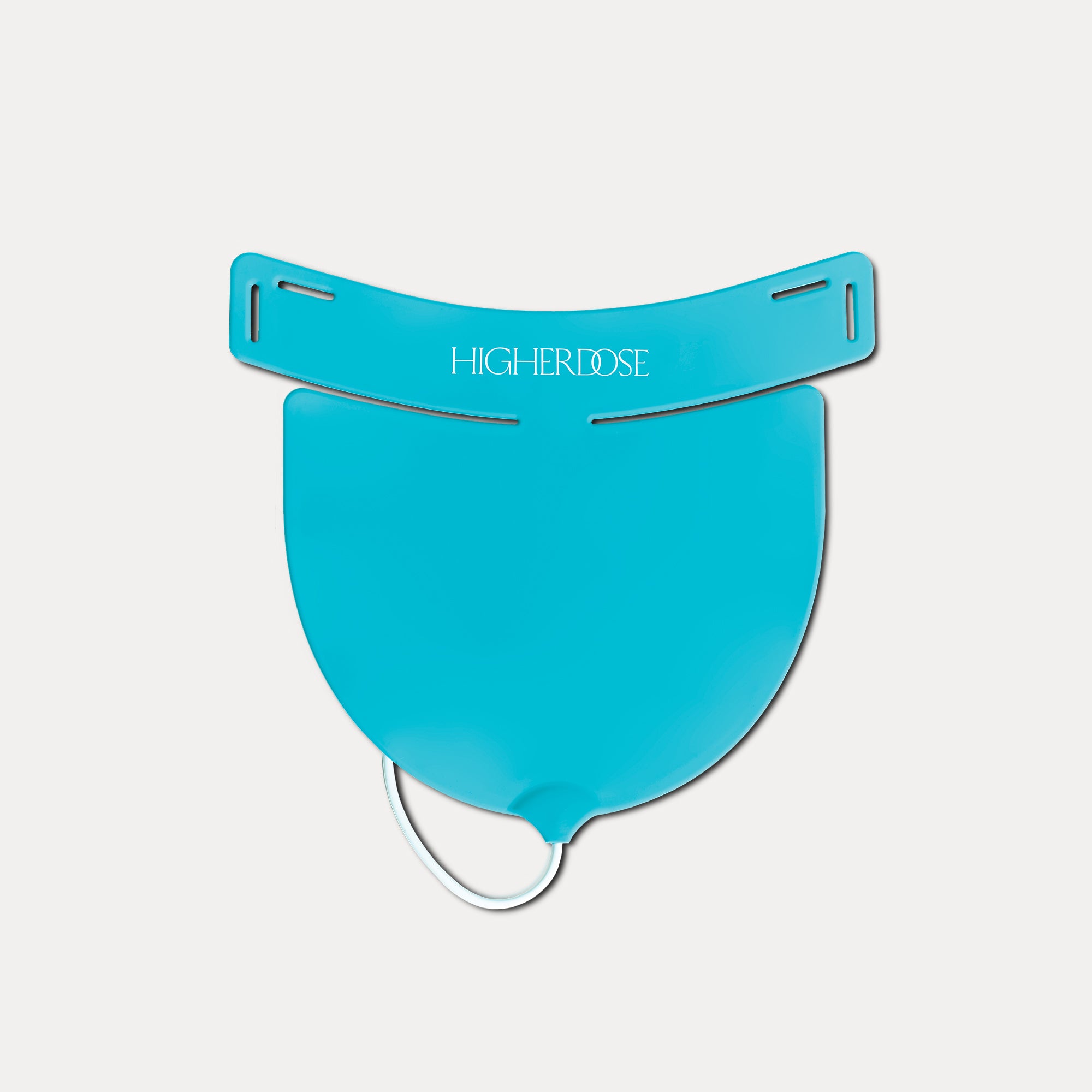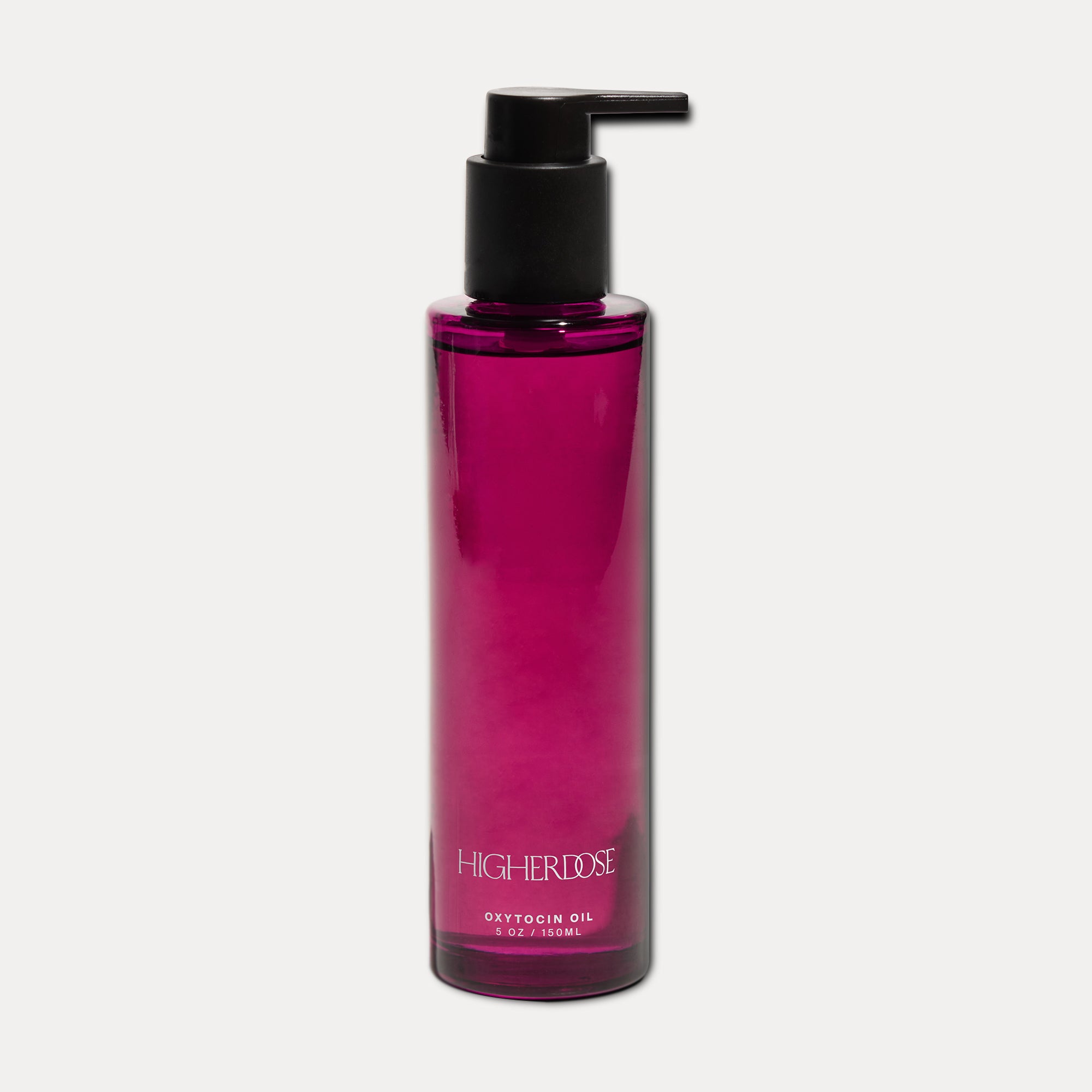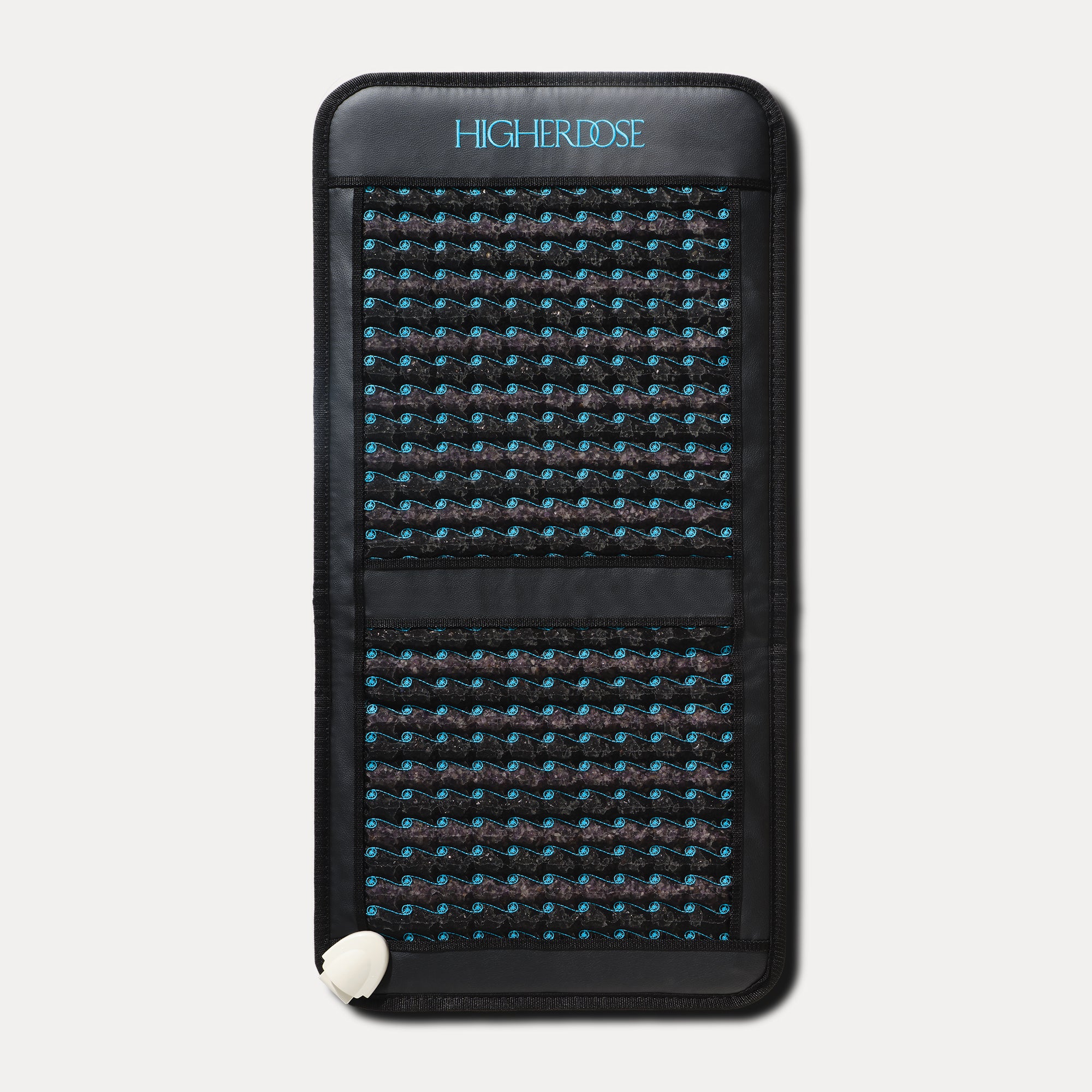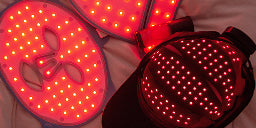
You Need To Recover Up
Recovery is the hottest wave in fitness right now—and it’s not just for athletes, it's for everyone who’s serious about pushing their limits. From the most dedicated marathoners to the weekend yoga warriors, recovery is key to optimizing your performance and feeling amazing while doing it. And let’s be real, for those of us with a relentless workout schedule who end up feeling a little guilty about taking those rest days, recovery is the best trend since smoothie bowls. Whether you're pumping iron, running sprints, or just trying to crush that daily HIIT class, it’s time to put recovery front and center on your fitness journey.
What Recovery Really Means
Recovery isn’t just about sitting on the couch with a bag of chips (though we all need that kind of day sometimes). After an intense workout, recovery is the process of your body recharging. Your muscles get the nutrients they need to rebuild and recover, hormones re-balance, and your nervous system gets a much-needed break. Active bodies need to focus just as much on recovery as they do on training. It’s not about lazy downtime; it’s about smart downtime to let your body do what it needs to do—rest, rebuild, and come back stronger.

Two Types of Recovery: Active & Passive
While passive recovery means taking it easy (think: sleep, stretching, maybe a nap), active recovery gets your blood flowing gently to help release the good stuff and flush out the bad. No, we're not talking about beast mode—we're talking things like walking, stretching, or even an infrared sauna session. Infrared therapy is the ultimate way to recover between workouts, giving your body a full recharge without putting any extra stress on it.
Infrared Recovery: The Pro Athlete's Secret Weapon
For years, athletes have been quietly using infrared therapy as a recovery hack—and for good reason. Infrared saunas work by heating your body directly (unlike traditional saunas that just heat the air), increasing blood flow and circulation. This stimulates your muscles, giving them a workout... without actually working out! Infrared heat does wonders for your body, including detoxing, loosening tight muscles, and getting your heart rate up (which can burn up to 600 calories!).

Passive Recovery vs. Active Recovery
It’s time to get clear on these two types of recovery, so you can pick the right one for your fitness goals.
-
Passive Recovery: Resting, napping, eating clean foods, and even getting a little compression therapy—these are the go-to methods for when your body needs a break after a tough training session.
-
Active Recovery: Think low-impact movements like walking, yoga, swimming, or—yes—infrared saunas. These types of activities get your blood pumping without stressing your muscles too much, allowing you to continue healing while gently moving.
A DOSE of Recovery
Infrared therapy isn’t just a luxury; it’s a must-have tool in your recovery toolkit.
-
Just Heat It: Infrared saunas enhance blood flow, delivering nutrients to the body, without pushing your muscles to their limit. It’s a win-win!
-
Clean Up After Yourself: As you sweat in the sauna, your body is releasing toxins like a pro—helping your muscles perform better the next time you hit the gym.
-
Loosen Up: Muscles and joints love circulation. Give them a moment of rest and recovery, and watch the magic happen.
More than Just Recovery
Pro athletes love infrared therapy for a reason. It stimulates the release of HGH (human growth hormone), which helps with tissue repair and regeneration. That means infrared is not just helping you recover—it's helping you feel and look amazing. Imagine a faster recovery, fewer injuries, and a body that’s ready to crush it every single day.
Hyperthermic Conditioning: For Endurance & Performance
Infrared therapy also helps prepare your body for future performance. By increasing your core temperature and training your body to handle the heat, you’re essentially setting yourself up for better endurance during those high-intensity workouts. Think of it like training for a marathon in the heat... but without the miles of pavement.
Time to Book That Infrared Session
The next time you’re prepping for a big workout, or recovering from one, make infrared saunas a part of your routine. Whether it’s before, during, or after your workout, infrared is a game-changer.

Daily Recovery Tips:
-
Balance is Key: Incorporate recovery into your routine. It’s just as important as the training itself.
-
Break or Risk Breakage: Give yourself at least 24-72 hours of rest between intense workouts.
-
Sleep Like a Pro: Quality sleep is essential for recovery—don’t skip it!
-
Hydrate: Drink up, folks! Hydration is a must for muscle repair.
-
Nutrition: Fuel your body with the nutrients it needs to build back stronger.
-
Explore Other Options: Cryotherapy, ice baths, massage therapy—recovery isn’t one-size-fits-all.
-
Bodywork is Your Friend: Treat yourself to a massage, acupuncture, or osteopathy for a serious recovery boost.
-
Roll It Out: Use a foam roller to target muscle tension and release deep knots.
Recovery is the unsung hero of fitness. Train hard, recover harder, and your body will thank you with results that last.
